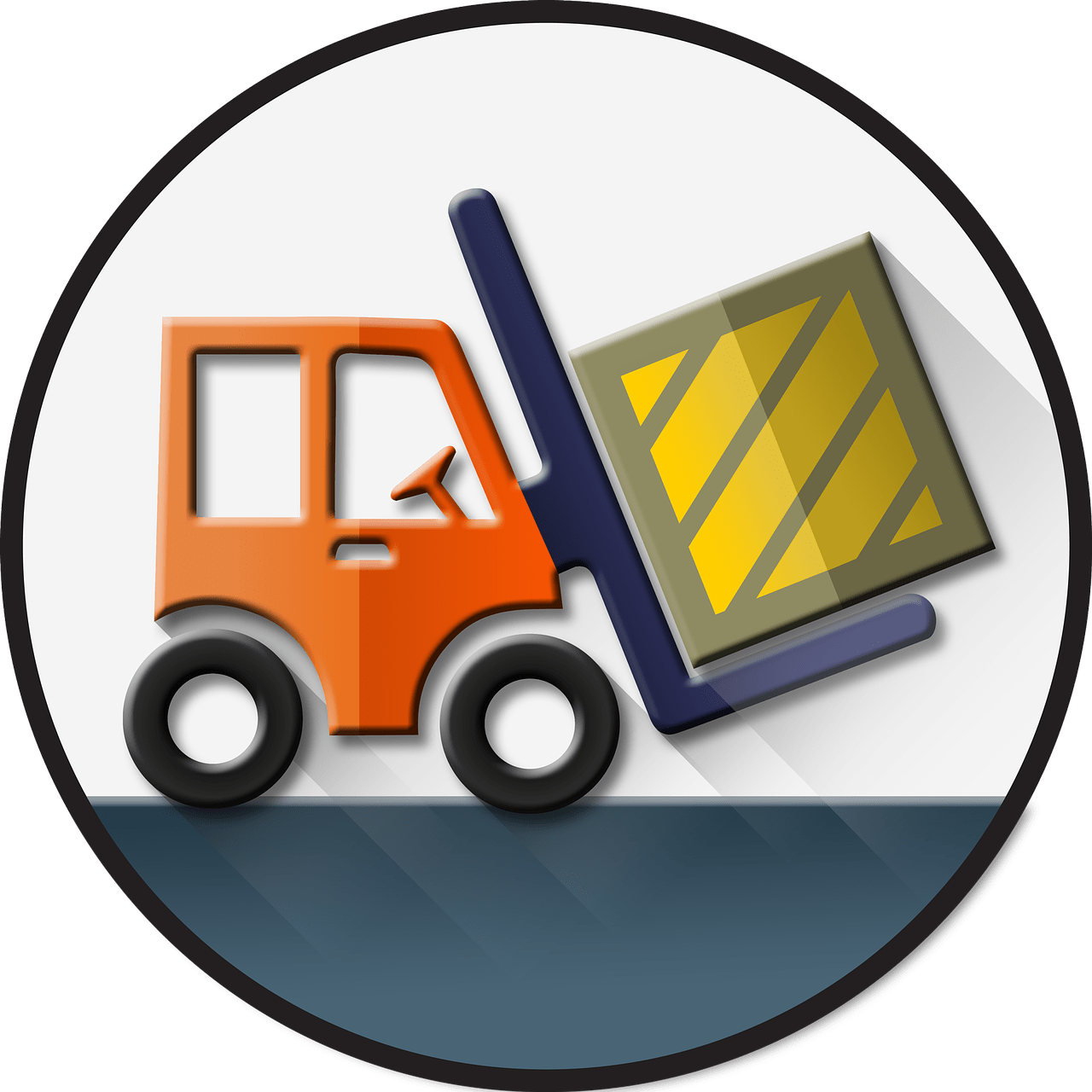Reimagining Supply Chain Processes Through Technology
The crux of effective SRM lies in the efficient operation of supply chain processes. By integrating technology, businesses can optimize these processes to an unprecedented degree. For example, supplier management software can be used to automate various routine tasks, eliminating manual errors and freeing up time for more strategic activities.
Moreover, this automation doesn’t only contribute to speedier operations; it also leads to significant cost savings. With efficient, technology-driven processes, companies can avoid costly errors and minimize waste, contributing to more lean and efficient supply chain operations.
Nurturing Collaboration: The Technology-Supplier Interface
One key aspect where technology truly shines is in facilitating supplier collaboration. In a digital age, the availability of real-time data and seamless communication can make or break a supplier relationship. Supplier relationship management software, for instance, can provide a platform where information can be exchanged instantly, enhancing transparency and mutual understanding.
By fostering more efficient communication, technology-aided collaboration can streamline operations. When all parties have access to the same information, decision-making processes can be shortened, and issues can be resolved more quickly. The overall result is a more efficient supply chain and improved supplier relationships.
Unlocking Business Performance Enhancement with Technology
The integration of technology into SRM is not just about operational efficiency or supplier collaboration; it can have far-reaching impacts on overall business performance. Technology aids businesses in harnessing the power of data, resulting in more informed decision-making processes.
For example, supplier risk management software can help businesses proactively identify potential risks and create contingency plans, thereby avoiding costly disruptions. Additionally, real-time data from supplier relationship management software can help businesses quickly respond to changing market conditions, customer demands, or supplier issues, resulting in improved customer satisfaction.
Five Core Aspects of Tech-Driven SRM
Technology plays a crucial role in supplier relationship management, serving several key aspects:
- Communication Efficiency – Technology enhances communication by providing instant and transparent channels for collaboration and understanding. It enables real-time communication, facilitating effective and efficient information exchange between suppliers and companies.
- Real-time Data Access – Technology enables immediate access to data, allowing companies to make informed decisions based on up-to-date information. This empowers companies to respond quickly to changing market conditions and make timely adjustments to their supplier relationships.
- Risk Management – Supplier risk management software leverages technology to identify and analyze potential risks associated with suppliers. Providing valuable insights, technology helps companies proactively mitigate risks and protect their supply chain from disruptions.
- Supplier Performance Tracking – Technology enables real-time tracking and reporting of supplier performance metrics. It allows companies to monitor key performance indicators, identify areas for improvement, and optimize their supplier relationships for better outcomes.
- Long-term Relationship Building – Technology contributes to building long-term relationships through improving communication, shared data access, risk management, and performance tracking. These elements foster trust, collaboration, and mutual growth between companies and suppliers, leading to sustainable and successful partnerships.
Effective Implementation of Technology in SRM
While understanding the benefits of technology in SRM is essential, knowing how to effectively implement it is equally important. Data analytics, for instance, is a critical area of focus. Analytics can provide insightful patterns and trends that can help shape strategic decisions.
Different technological tools also come into play in SRM, such as Enterprise Resource Planning (ERP), Supply Chain Management (SCM), and Customer Relationship Management (CRM) systems. Each tool has unique strengths and can cater to different aspects of SRM, whether it’s improving operational efficiency, enhancing customer service, or optimizing supply chain processes.
Finally, aligning these technological solutions with current and future business needs is crucial. This involves understanding your business’s unique requirements and ensuring the selected solution can be scaled and adapted as these needs evolve.
Considerations for Technological Solutions in SRM
Choosing and implementing technological solutions in SRM involves careful thought and planning. Understanding your business’s unique needs is the first step. This includes identifying pain points, defining goals, and setting out what you hope to achieve with the technology.
Next, ensure that the technology solution is flexible and scalable. The selected supplier relationship management software should be able to grow and evolve with your business, accommodating future changes and demands. Lastly, planning for the implementation is crucial to ensure a smooth transition and minimize disruption to ongoing operations.
The Future of SRM is Here
The power of technology to transform supplier relationship management is evident. Through optimizing supply chain processes, facilitating supplier collaboration, and enhancing business performance, technology proves to be an invaluable asset in SRM.
As you embark on this journey of technological integration in SRM, keep in mind the importance of data analytics, the unique strengths of different technological tools, and the need to align these solutions with your business needs. Also, when choosing and implementing these solutions, understanding your business needs, ensuring flexibility and scalability, and carefully planning the implementation are key.
While the task of integrating technology into SRM may seem daunting, the rewards far outweigh the challenges. Leveraging technology in SRM can open up a world of possibilities, fostering stronger supplier relationships, enhancing operational efficiency, and ultimately, driving business success.
